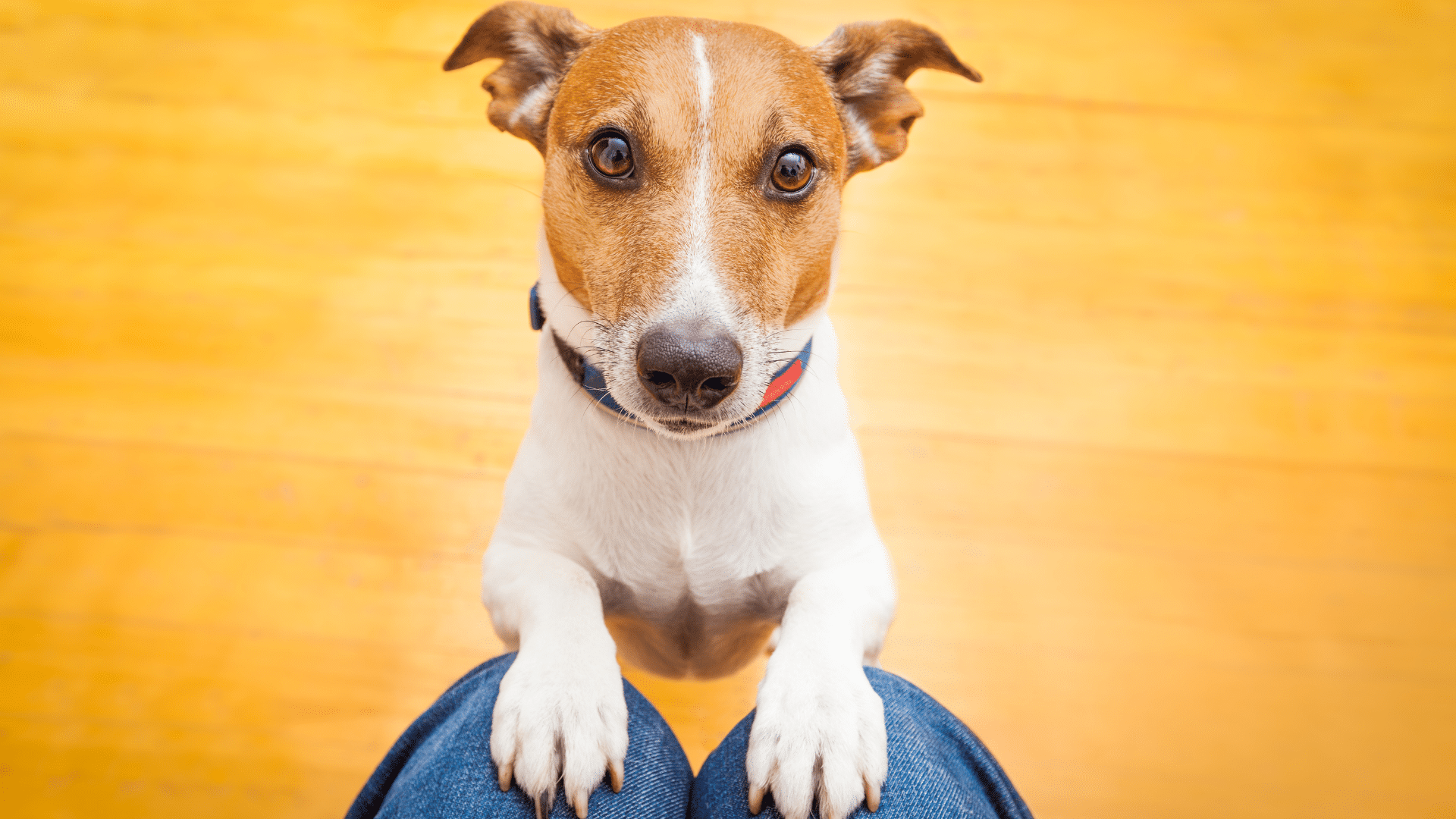Recent Meta updates to Instagram have caused algorithm changes that have been detrimental to creator engagement rates. These updates have forced creators to produce overwhelming amounts of content to succeed. This has ultimately led creators of all sizes to reconsider contributing to Instagram. Some have even decided to exit the platform entirely to focus their efforts on new interfaces such as TikTok to continue to grow.
The problem: the available audience on Instagram includes around 1.3 billion active users, according to HubSpot’s 2022 Instagram Engagement Report.
This leaves creators with the hard decision of determining if losing that audience base is worth the gamble. Brands may also find it more challenging to source content to fit social ad dimensions if creators are only producing for one platform, which could lead to increased rates to hire influencers or even the lack of more cost-effective options altogether. Meta also recommends the use of User Generated Content in ads to boost performance, so it will be interesting to see how this new tension will alter the platform’s existing ecosystem.
Why are Creators Leaving?
Due to increased algorithm shifts starting in 2019, creators have been expressing frustrations with Instagram, feeling as though they are working for Instagram rather than for themselves. Instagram’s recent updates have created an almost unachievable standard for creators, requiring them to consistently produce quality content at a faster rate than ever before.
According to a study done by Mention, Nano- and Micro-influencers have also been increasingly overwhelmed by the platform, particularly due to new policies that have now limited some key growth features to those with more than 10,000 followers. Essentially, Instagram is snubbing 91.6% of its creator community by adding even more exclusivity to an already heavily exclusive platform.
Exactly How Much Content is Recommended for Creators?
Instagram is quickly evolving from a social networking site to an environment that has become somewhat toxic for its creators. Now, this does not mean that other platforms don’t require ample hours of content creation for creators to find success. The problem with Instagram is the sheer amount of content recommended for creators to grow and maintain their following.
Recommendations from some of the most successful creators average around one to three feed posts per day, five to eight stories per day, and three to five reels videos per week. On the lower end of that spectrum, creators are cranking out a minimum of 31 pieces of content just to fill one week’s worth of posts. When you add in the element of quality, it is nearly unachievable.
BUT Let’s Give Creators Credit For Sticking With It…
Let’s look at the hours this takes.
From experience and speaking with other influencers in the community, a high-quality, engaging reel can take at least one hour to film and upwards of an hour to edit. So assuming a reel will take two hours, posting three per week takes a minimum of six hours of creation time.
When you add in a feed post that may require a camera, set up, prep time, a photographer or tripod, editing, etc. – that equates to a minimum of one hour from start to finish. This time estimate could even be longer if creators are given specific requirements from brands, have to shoot on location or prepare the proper lighting and backdrop. Ultimately, taking an estimated 14 hours overall throughout the week for two feed posts per day.
Then, if we assume the bare minimum for stories and say they take around 10 minutes to plan, capture, and edit – that ends up being around 80 minutes per day and around nine and a half hours per week!
Overall, this would mean that creators adhering to recommendations are spending upwards of 30 hours per week creating content for Instagram. That is nearly equivalent to a full-time job, and most of the time, creators are doing this unpaid.
The Dying Plea
Understanding that creators are becoming more and more frustrated with the algorithm, Meta recently announced its newest monetization feature. This feature allows creators to tag products from other brands within their feed posts and make a commission on sales produced via their posts, which is very similar to how the Amazon Influencer Program currently functions.
However, there are limitations, and creators must meet eligibility requirements. One of the largest is a 10,000 follower count minimum, hence still inhibiting smaller creators. All eligibility requirements can be found within the new Meta Collaboration Center and are seen in the image below.
So How Will This Affect Brands?
It is hard to predict how this will affect brands in the larger scope of things, but it may end up imposing on brand and creator relationships due to the inability to collaborate with smaller-scale influencers. This could also cause nano- and micro-influencers to reconsider the platform, especially because many are already struggling to grow, leading to fewer opportunities for brands to find lower-cost partnerships.
All in all, Instagram may need to minimize its exclusivity and expand feature availability in order to maintain its current creator base. This will be an important step forward to ensure that Instagram is able to compete with emerging platforms in years to come.



